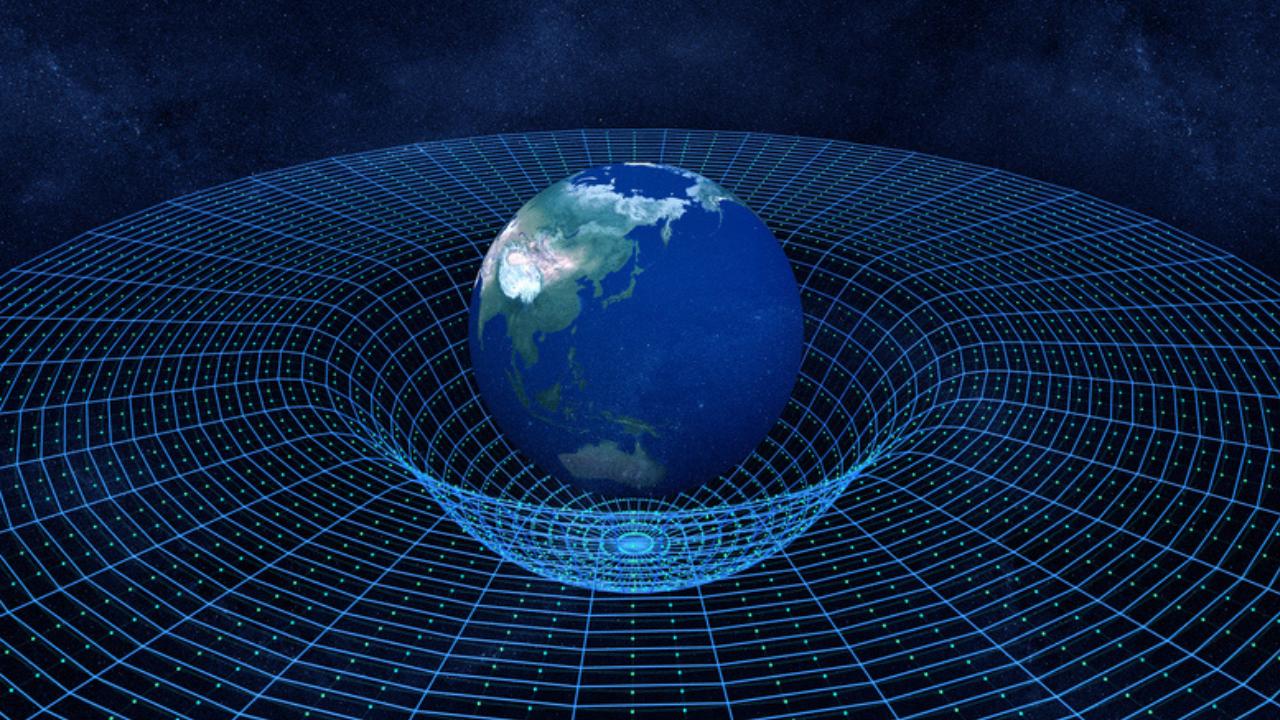The new telescope will scour space for optical clues about the violent cosmic events that create ripples, or waves, in the fabric of space itself, said the team from the universities of Warwick and Sheffield

Representative Image. Credit: iStock
In a first, a team of scientists in the UK have developed a new telescope 'Gravitational-wave Optical Transient Observer (GOTO)' to track down sources of gravitational waves. The new telescope is made up of two identical arrays deployed on opposite sides of the planet -- one on La Palma in the Canary Islands, and the other in Australia.
It will scour space for optical clues about the violent cosmic events that create ripples, or waves, in the fabric of space itself, said the team from the universities of Warwick and Sheffield. Long hypothesised as a by-product of the collision and merger of cosmic behemoths such as neutron stars and black holes, gravitational waves were finally detected directly by LIGO (Laser Interferometry Gravitational-wave Observatory) in 2015.
Since 2015, there have been many subsequent detections but, since observatories like LIGO can only measure the effects of the gravitational wave as it passes through our local patch of space time, it can be difficult to track down the source's point of origin. GOTO is designed to fill this observational gap by searching for optical signals in the electromagnetic spectrum that might indicate the source of the gravitational waves (GW) - quickly locating the source and using that information to direct a fleet of telescopes, satellites and instruments at it, the team noted.
As most GW signals involve the merger of massive objects, these 'visual' cues are extremely fleeting and must be located as quickly as possible, which is where GOTO comes in. GOTO will act as an intermediary between the likes of LIGO, which detect the presence of a gravitational wave event, and more targetable multi-wavelength observatories that can study the event's optical source.
"There are fleets of telescopes all over the world available to look towards the skies when gravitational waves are detected, in order to find out more about the source. But as the gravitational wave detectors are not able to pinpoint where the ripples come from, these telescopes do not know where to look," said GOTO's Principle Investigator Professor Danny Steeghs from Warwick.
"If the gravitational wave observatories are the ears, picking up the sounds of the events, and the telescopes are the eyes, ready to view the event in all the wavelengths, then GOTO is the bit in the middle, telling the eyes where to look," Steeghs added. Following the successful testing of a prototype system in La Palma, in Spain's Canary Islands, the project is deploying a much expanded, second generation instrument. Two telescope mount systems, each made up of eight individual 40cm telescopes, are now operational in La Palma. Combined, these 16 telescopes cover a very large field of view with 800 million pixels across their digital sensors, enabling the array to sweep the visible sky every few nights.
In parallel, the team is preparing a site at Australia's Siding Spring Observatory, which will contain the same two-mount, 16 telescope system as the La Palma installation. The plan is to have both sites operational this year to be ready for the next observing run of the LIGO/Virgo gravitational wave detectors in 2023.
Also read: Eye in the sky: Star gazers share what deep space images from James Webb telescope reveal
This story has been sourced from a third party syndicated feed, agencies. Mid-day accepts no responsibility or liability for its dependability, trustworthiness, reliability and data of the text. Mid-day management/mid-day.com reserves the sole right to alter, delete or remove (without notice) the content in its absolute discretion for any reason whatsoever
 Subscribe today by clicking the link and stay updated with the latest news!" Click here!
Subscribe today by clicking the link and stay updated with the latest news!" Click here!










